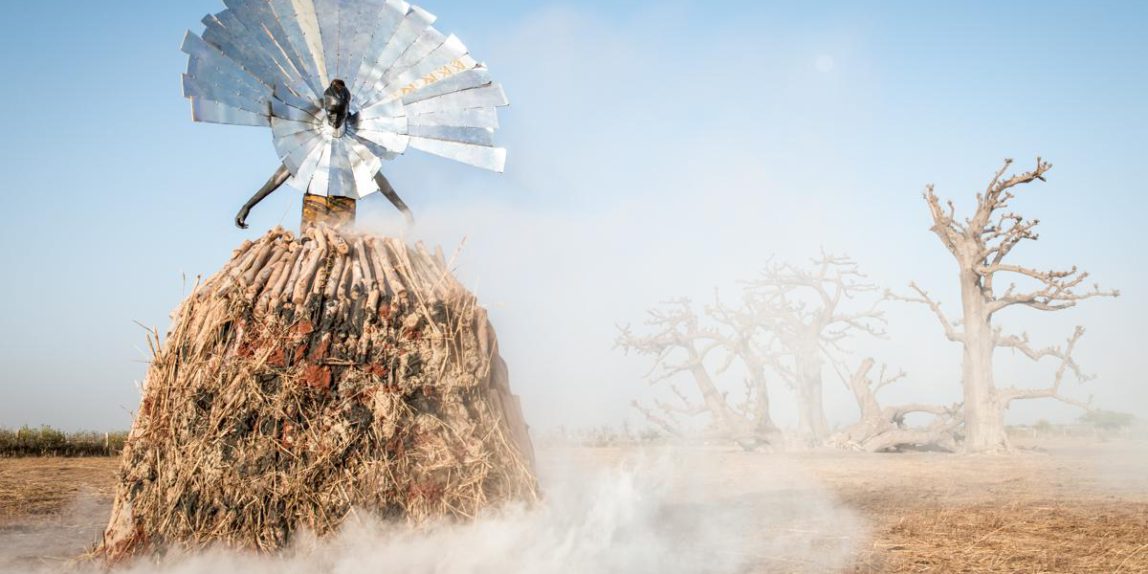Many writers see the roots of the current climate crisis in peculiarly Anglo Saxon interpretation of Enlightenment thinking, especially that of Descartes and Newton.
There is plenty of evidence of human beings hunting animal populations to extinction before the last Ice Age, but it is certainly true that the real damage has been done in the last 250 years.
Descartes’ ideas that human beings uniquely had souls and that animals were effectively automatons, gave cover to systematic maltreatment of animals. This is an attitude which is only being rolled back in the late 20th and early 21st centuries.
Newton’s mechanistic view of the universe led to a mindset that the Earth and nature were a storehouse that humans could plunder as they wished. Once again, this is an attitude which has prevailed to the present day.
As I attempt to address the climate crisis in my practice, it is important to understand its causes. Whilst humans have been reckless with their resources for thousands of years, the full-on, profit-driven assault on the Earth is a product of the Anglo Saxon Capitalism that arose in Northern Europe in the modern period and was exported to North America as that continent was colonised. Essentially, the climate crisis is a white, European malaise that has been exported across the world through the colonial project.
Fabrice Monteiro is is a photographer and former model based in Dakar, Senegal. His home country has not escaped the environmental ravages of the European colonial project. Large parts of Senegal are polluted and degraded. Monteiro’s response has been to invoke the traditional Senegalese animist beliefs in the spirits that occupy the world along with humans. These spirits find their interpretation in a conceptual partnership with Senalgese fashion designer Doulsy. Together they create and photograph spirits or genies that embody the environmental crisis.


These images speak of a living world that suffers because of what humans have done to it. This idea is consistent with a culture that embraces animism. It also has a universal appeal, a Western eye has no difficulty in seeing what is going on here.
Part of the struggle for all those in the environmental movement is to change people’s view of what the world is there for. So long as we regard the earth as a store cupboard, we will continue to raid the contents until the shelves are bare. If we can start to regard the Earth as a living thing that constantly regenerates, but only if we allow it the space to do so, maybe we can save ourselves.
Monteiro’s ideas and motivation bear further study. I would like to understand his work more fully and allow it to influence my own photography in my role as an environmental activist.
